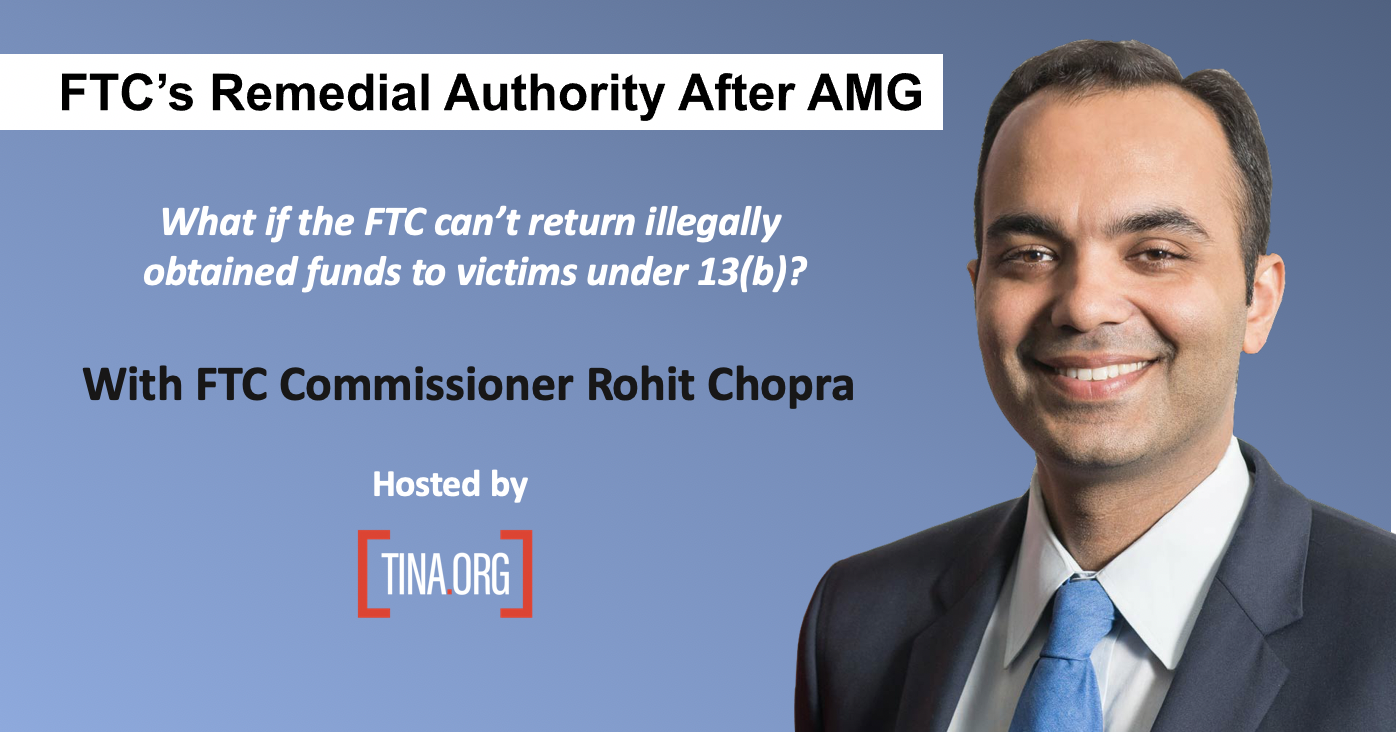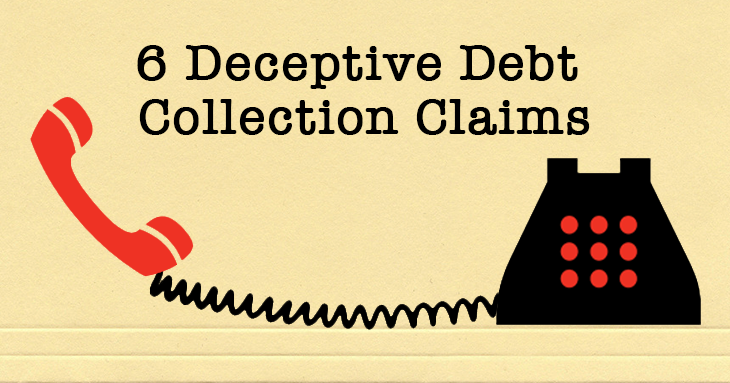
TINA.org Webinar: FTC’s Remedial Authority After AMG
In case you missed it, watch the webinar with FTC Commissioner Rohit Chopra.
 The 2008 sub-prime mortgage meltdown and resulting financial crisis means credit is not that easy to come by anymore. This forces some of us to have to look for alternatives to conventional mortgage lenders (national banks, regional banks, mortgage brokers, and credit unions) in order to find a way to save our homes.
The 2008 sub-prime mortgage meltdown and resulting financial crisis means credit is not that easy to come by anymore. This forces some of us to have to look for alternatives to conventional mortgage lenders (national banks, regional banks, mortgage brokers, and credit unions) in order to find a way to save our homes.
This kind of “market opportunity” is pulling swindlers out of the woodwork to target those of us in desperate need of a lending solution. Frequently, these products are advertised as “foreclosure rescue” loans, “loan modification” instruments, or “mortgage relief” plans.
Here’s how the scams work: In order to save your house, you will be asked to pay a “deposit” to secure the loan and cover any fees, transaction costs, and even taxes. Sometimes you might even be told to make your monthly mortgage payment directly to the lending company, with the understanding that they will send it to your lender. Some con-artists will even bury language that transfers the deed of your home to them in the Sometimes termed “mouse print” or, more benignly, “disclosure language”, and presented in miniscule font. It is there to take back every enticing offer made in the ad. of the contract.
What happens then is that the homeowner pays the deposit and/or mortgage payment, never sees a penny of the supposed loan, and the swindler that was peddling the “loan” disappears without a trace.
How to Protect Yourself
In case you missed it, watch the webinar with FTC Commissioner Rohit Chopra.
Experts weigh in on how to avoid being a victim of these latest campus scams.
There are laws on what collectors can say or do, as the country’s top two debt buyers recently found out.


